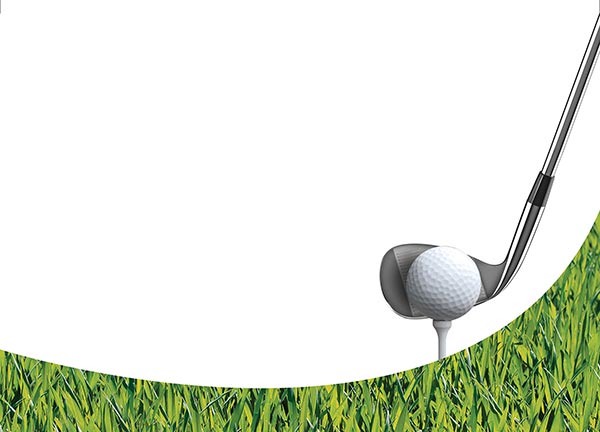Getting into the swing
 |
|
[Photo provided to China Daily Asia] |
Before you start, there's one thing to always remember about golf: it's not fair. If you keep that in your head, then you might just avoid throwing your brand-new titanium driver into the lake after you whack your first tee shot into the club carpark, or refusing to shake your opponent's hand when he or she has just fluked a winning shot, or (heaven forbid) letting out a stream of expletives and kicking your golf bag in full view of the clubhouse when you duff a chip shot.
Golf is the most maddening and the most difficult game. It's also rewarding, sociable, challenging, physical (without being too physical), great for networking and played in some of the most beautiful locations on the planet. The handicapping system also means that even a mediocre player can have an enjoyable, competitive game against an accomplished professional.
The game of golf is a constant battle against yourself, your opponent, the terrain, the elements and plain luck. One day it all comes together and you're Tiger Woods at his peak – and the next you feel you've been struck by someprimeval curse from the angry gods of golf and just want to give it all up. And the terrible thing is that not even the best players know when or why that will strike.
The idea, of course, is simple – hit a ball into a hole with a stick, in as few shots as possible. Do it 18 times and the person who takes the fewest shots goes home the winner. But how to get started? There are three fundamentals: arranging lessons, buying clubs and finding a good place to play. Oh, and let's not forget the clothes.
The good news is that most club pros are available to teach non-members. The bad news is that you are about to be confronted with the weird language and contradictions of golf. In the first lesson, you'll learn that the most important thing is your grip – how to hold the golf club. Once the pro finishes showing you, you'll feel like your hands have become an amorphous mass of 20 competing fingers. Then there's your posture:
"Imagine you are sitting on a high stool." "Keep your back straight." "Bend your knees – but not too much." "Align your feet with the line of the shot." "Lift your chin." "Look down your nose at the ball." Every professional has their pet phrases and gimmicks to get you started.
A lot of it feels counter-intuitive, because it is. When you take your first clumsy swing and the club bounces off the rubber mat a foot behind the ball, your teacher will utter the words that have dogged golfing beginners since time immemorial: "You lifted your head."
When it comes to equipment, the technology has advanced to the stage that it's much easier to quickly reach an acceptable level of play than in the old days, although the beginner faces a bewildering selection of clubs – and terminology. The basic rule, though, is that you can't buy a golf game. So forget splashing out on the most expensive, high-tech gear at the start and ask your pro to recommend some user-friendly, medium-priced, beginner-level equipment. Once you discover the strengths and weaknesses of your game, you can trade up. (And yes, you have to buy your clubs – renting them is like wearing someone else's cast-offs.)
Finding a place to play is relatively simple, although most courses demand a handicap card, which is a classificationbased on your average scores that shows your ability as a golfer. And despite its exclusive, clubby image, golf is relatively egalitarian; many countries have reasonably priced public courses and most private clubs allow non-members to play at restricted times.
And then there's the final hurdle to becoming a golfer – getting through the front door of the clubhouse. If you think you can rock up with your cool T-shirt hanging out over a pair of designer jeans and trainers, forget it. Most private clubs have strict dress codes, although, golf being golf, none of them are usually the same – so what is accepted in one club won't necessarily work in another. Likewise on the course, most clubs expect you to tuck your golf shirt into your "tailored" shorts, keep your socks pulled up and wear proper golf shoes. It can seem irritating and outdated, but as you'll learn with all things in golf, rules are rules.
Finally, etiquette is fundamental to the golf ethic. Bad behaviour on the course will get even the best player shunned by his or her fellow golfers. So here are ten dos and don'ts for that first full day on the course. Happy golfing!
• Do say "good shot" to your opponent, even if it hurts.
• Do help your opponent look for their ball, even if you secretly hope they lose it.
• Do replace divots and rake bunkers after playing, even if you can't be bothered.
• Do shout "fore" if your ball is heading towards someone – it just might save their life.
• Do resist the temptation to tee off before the slow coaches in front are out of range.
• Don't ever throw your club – you might not get invited back.
• Don't moan – nobody wants to hear it.
• Don't ever cheat – not even a little bit.
• Don't fidget and move around, even if your partner takes forever to putt.
• And don't lick your ball clean – you never know what they put on the grass.

















